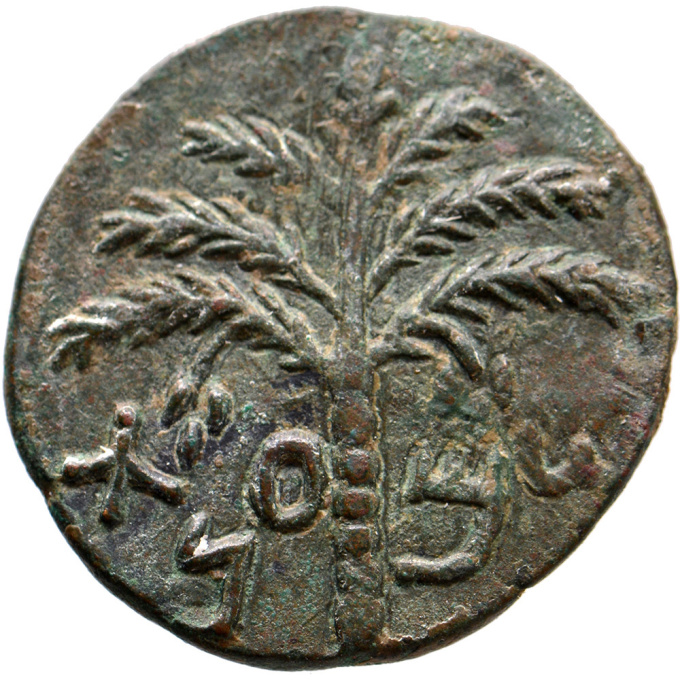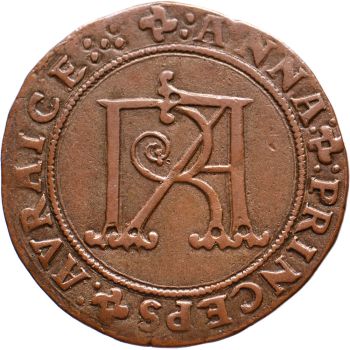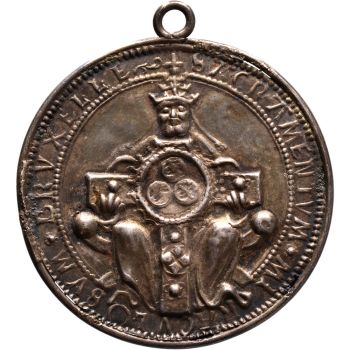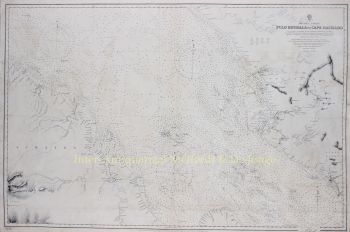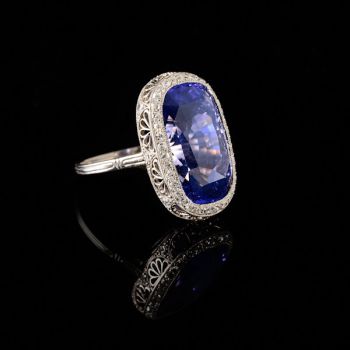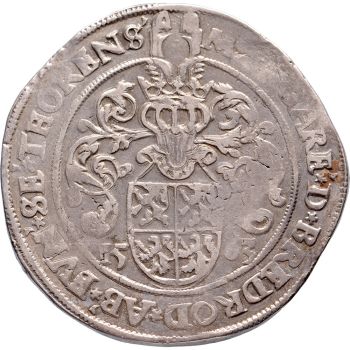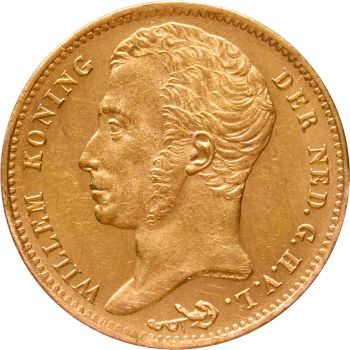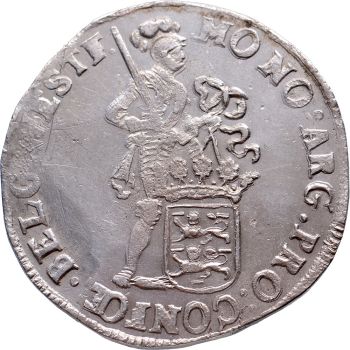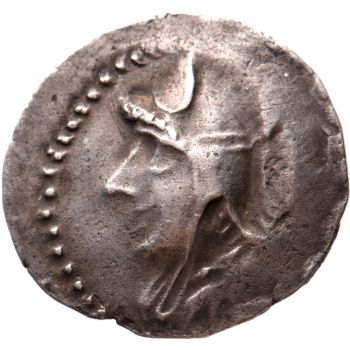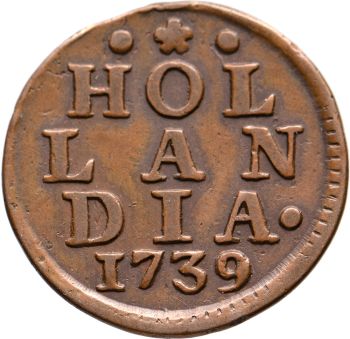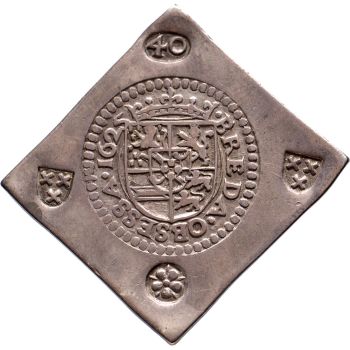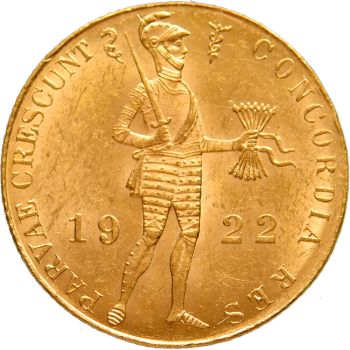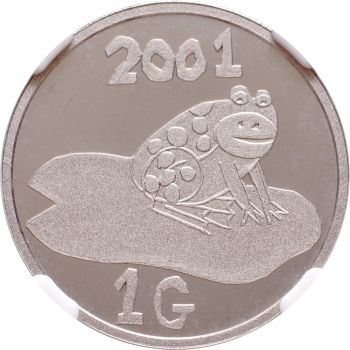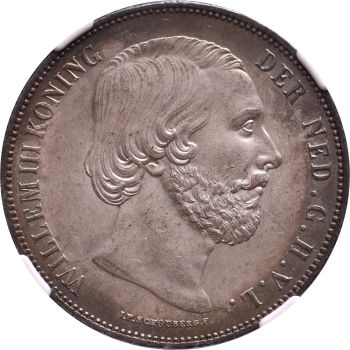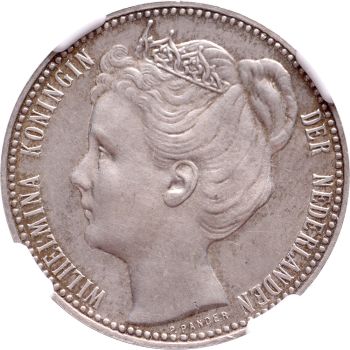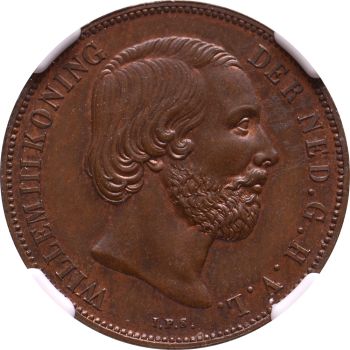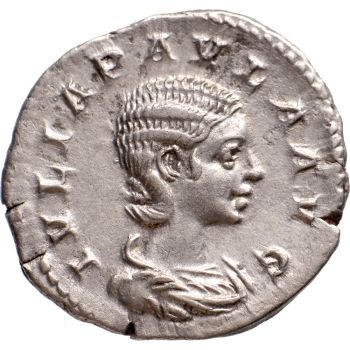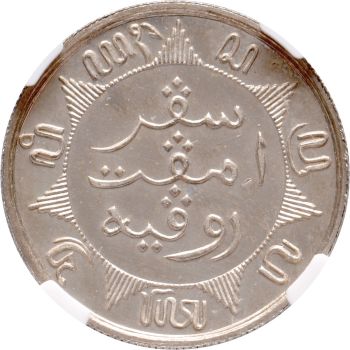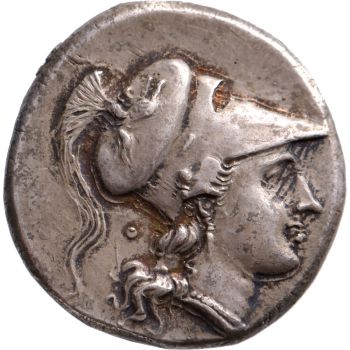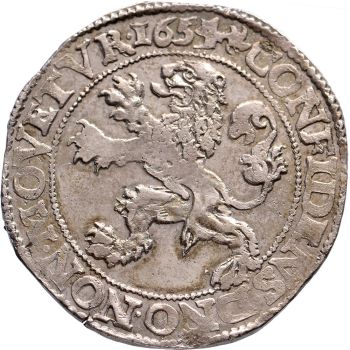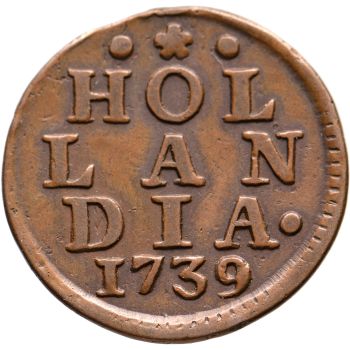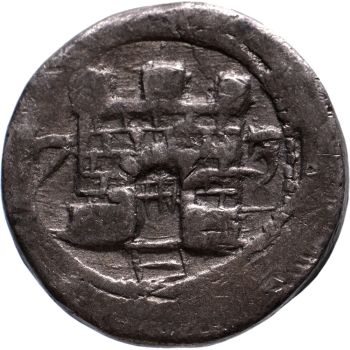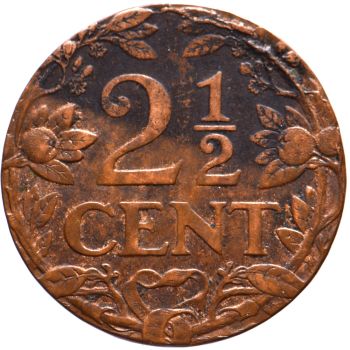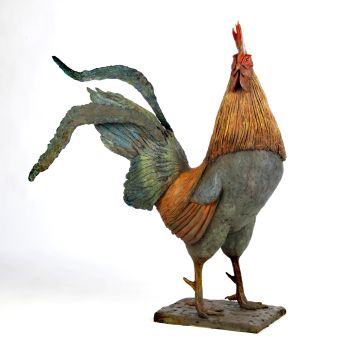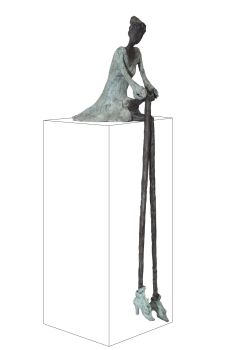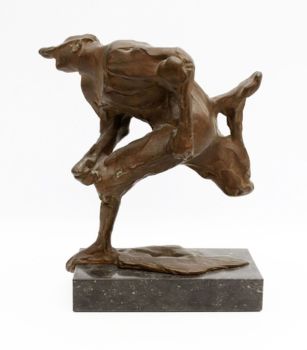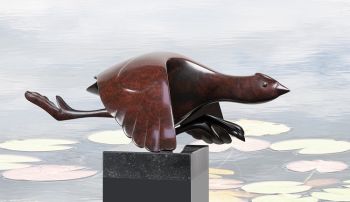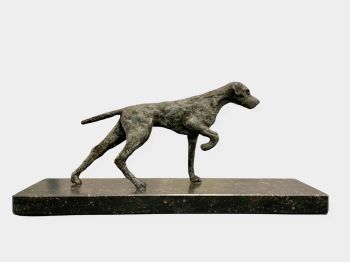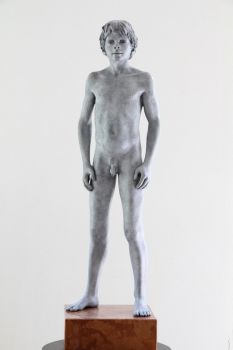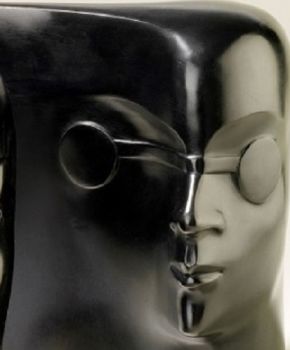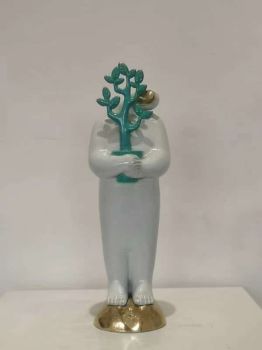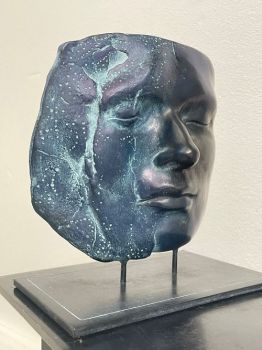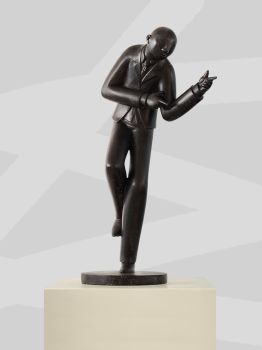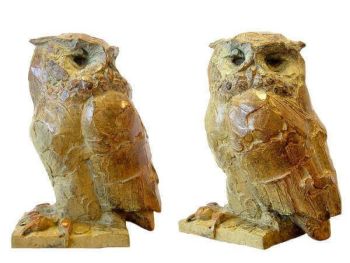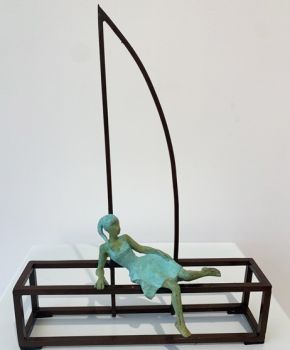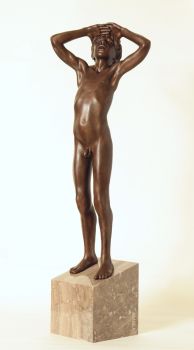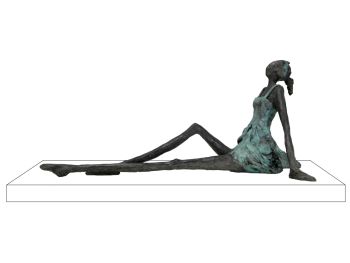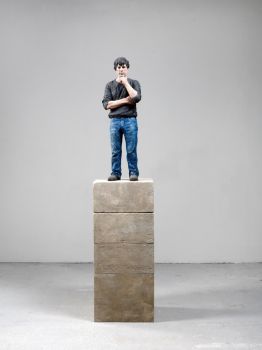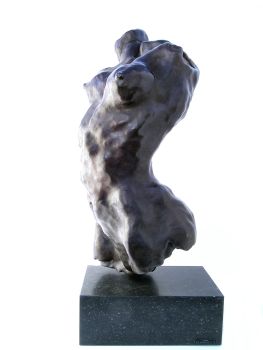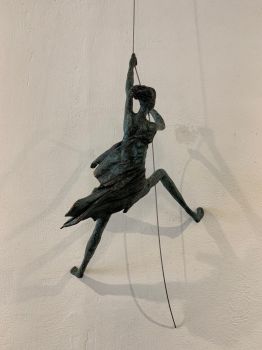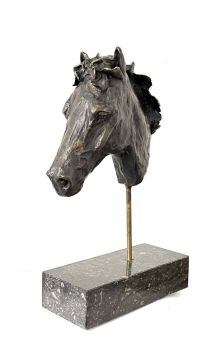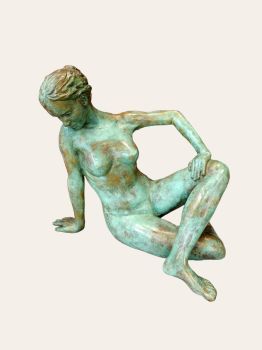Judaea, Bar Kokhba Revolt, AE Larger Middle Bronze, undated year 3 134 - 135
Artiste Inconnu
BronzeMétal
Actuellement indisponible via Gallerease
- Sur l'oeuvre d'artObverse: ŠM / ’WN (Shimon) in the fields beneath a palm tree
Reverse: L-H-R-W-T YR-WŠL-M (for the freedom of Jerusalem) around a large vine leaf
Ex Samel Collection, bought pre 1993, most probably between the 1960s and 1980s.
Lovely quality for the type
The Samel Collection
The Polish-Jewish siblings Josef Samel (1913-2015) and Angela Arluk (1920-2015) shared a passionate interest in the history of the Jewish people. In the course of the 1960’s they got the idea of compiling a coin collection which reflects the history of the people of Israel. Within a few decades they created one of the most important collections of Jewish coins. The collection covered the history of the Jewish people from the 6th century BC until the present day.
Bar Kokhba Revolt
The Bar Kokhba revolt was a rebellion of the Jews of the Roman province of Judea, led by Simon bar Kokhba, against the Roman Empire. Fought circa 132–136 AD, it was the last of three major Jewish–Roman wars. Shortly after the outbreak the insurgents initiated the minting silver as well as bronze coins. The silver coinage consisted of two denominations: the sela (a tetradrachm of around 14 g) and the zuz (a drachm of around 3.3 g). The bronze coins included large, medium and small coins. The legends were written in Paleo-Hebrew characters.
Weight: 6.29 g
Grade: Extremely Fine
Reference: Hendin no. 1437; Kaufmann no. 37; Meshorer, Treasury 254 no. 292; Mildenberg – (O11/R-) - Sur l'artiste
Il peut arriver qu'un artiste ou un créateur soit inconnu.
Certaines œuvres ne doivent pas être déterminées par qui elles sont faites ou elles sont faites par (un groupe d') artisans. Les exemples sont des statues de l'Antiquité, des meubles, des miroirs ou des signatures qui ne sont pas claires ou lisibles, mais aussi certaines œuvres ne sont pas signées du tout.
Vous pouvez également trouver la description suivante :
•"Attribué à …." A leur avis probablement une oeuvre de l'artiste, au moins en partie
•« Atelier de …. ou « Atelier de » À leur avis, une œuvre exécutée dans l'atelier ou l'atelier de l'artiste, éventuellement sous sa direction
•« Cercle de… ». A leur avis une oeuvre de la période de l'artiste témoignant de son influence, étroitement associée à l'artiste mais pas forcément son élève
•« Style de … ». ou "Suiveur de ...." Selon eux, une œuvre exécutée dans le style de l'artiste mais pas nécessairement par un élève ; peut être contemporain ou presque contemporain
•« Manière de… ». A leur avis une oeuvre dans le style de l'artiste mais d'une date plus tardive
•"Après …." A leur avis une copie (quelle qu'en soit la date) d'une oeuvre de l'artiste
•« Signé… », « Daté… ». ou « Inscrit » À leur avis, l'œuvre a été signée/datée/inscrite par l'artiste. L'ajout d'un point d'interrogation indique un élément de doute
• "Avec signature ….", "Avec date ….", "Avec inscription …." ou "Porte signature/date/inscription" à leur avis la signature/date/inscription a été ajoutée par quelqu'un d'autre que l'artiste
Artwork details
Related artworks
Artiste Inconnu
Bague édouardienne avec saphir à changement de couleur1910 - 1920
Prix sur demandeAns Hemke-Kuilboer Juwelier & Antiquair
1 - 4 / 12- 1 - 4 / 24
- 1 - 4 / 24

